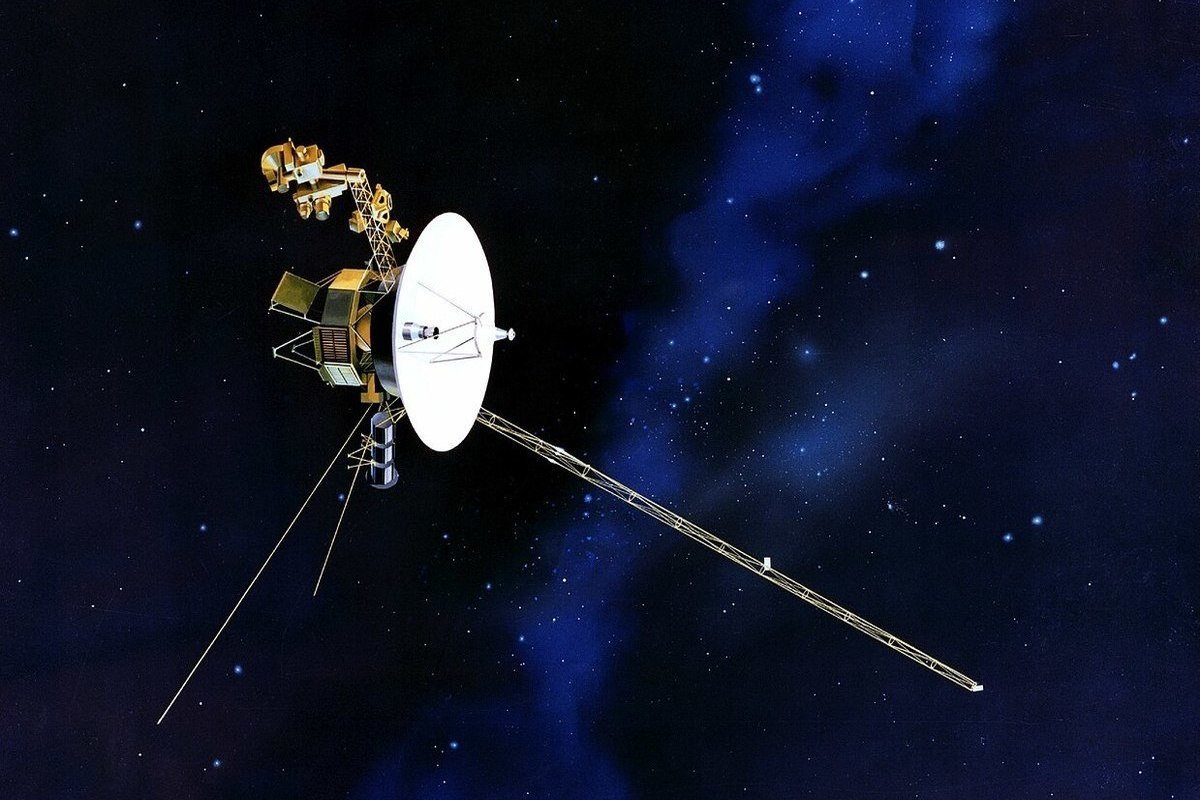
Microwave discharges can help control supersonic aircraft
The scientists from Kazan National Research Technical University named after A. N. Tupolev-KAI and St. Petersburg State University with joint efforts introduced a theoretical model that describes the formation of plasma of microwave discharges in molecular gases. In particular, the authors of this concept studied the transition from a diffuse form of discharge to a filamentary form in nitrogen. The results of the research, supported by the Russian Science Foundation grant, were published in the Plasma Sources Science and Technology journal.
Physicists and mechanics have developed a theoretical model that describes the process of formation of filamentary microwave discharges in gases. In this case, the gas is heated up to 830°C and higher, and a large number of charged and excited particles are formed in it. This principle can be used in aerodynamics and astronautics in order to affect gas flows near aircraft and hence govern a flight, since these structures have an impact on the speed and trajectory of an aircraft.
The author of this approach applied a system of a large number of mathematical equations that describe all the main parameters of a discharge in gases. Thus, the interactions between gas molecules, the parameters of the electromagnetic field, the changes in the density and temperature of the gas in the area of discharge formation were considered in calculations.
Dr. Almaz Sayfutdinov, an Associate Professor of the Department of General Physics at KNRTU-KAI, being the direct research participant provides a feedback on the results of this study:
“The proposed model allows us to predict the effects of rapid heating and gas density reduction (in a matter of microseconds), which is currently in a great demand in the area of development of plasma actuators - devices for influencing shock wave structures in front of supersonic aircraft. In other words, this idea allows to select optimal conditions for aircraft speed control. – In addition, microwave discharges can be interesting from a fundamental point of view, since they are an example of open self-organizing systems. Our approach gives an opportunity to describe various forms of discharge, the formation of structures - filaments, and what not.
We are developing our model from the point of view of the possibility of laser initiation of microwave discharges, in which, using a preliminary laser spark, it will be possible to ignite a microwave discharge at the required point in space."